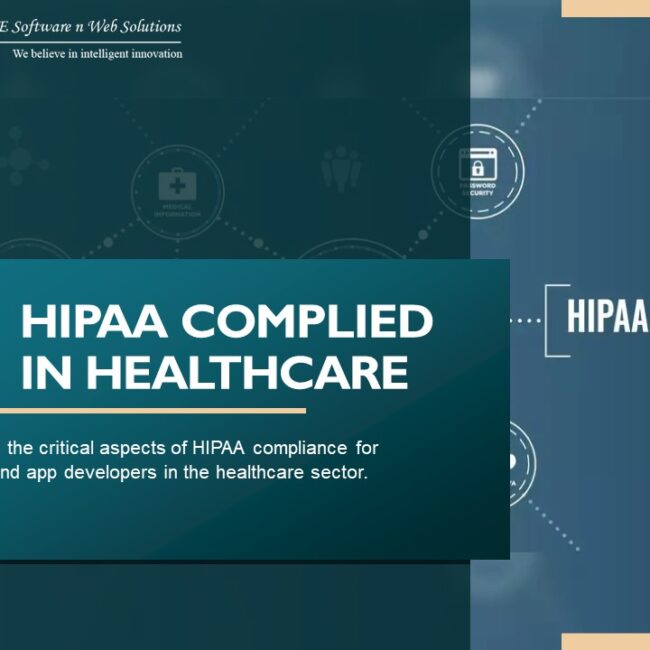
Integrating IoT in Healthcare: Smart Devices for Improved Patient Monitoring
The healthcare industry is on the brink of a digital revolution, powered by the integration of the Internet of Things (IoT) into patient care. IoT, a network of interconnected devices that communicate and share data with each other, is transforming how healthcare providers monitor patients, both within hospital settings and remotely. This blog explores the potential of IoT in healthcare, focusing on the ways smart devices can enhance patient monitoring and offering insights for healthcare decision-makers on harnessing this technology effectively.
The Potential of IoT in Healthcare
IoT’s potential in healthcare is vast and varied. By equipping everyday medical devices with internet connectivity, healthcare providers can monitor patients in real-time, receive updates and alerts instantaneously, and gather comprehensive data over time. This not only improves the quality of care but also significantly enhances patient outcomes.
Enhanced Real-Time Monitoring
IoT devices can track vital signs such as heart rate, blood pressure, and glucose levels continuously, offering real-time insights into a patient’s condition. This constant monitoring can detect potential issues before they become serious, allowing for prompt intervention.
Remote Patient Monitoring (RPM)
IoT enables Remote Patient Monitoring (RPM), allowing patients to receive care from the comfort of their homes. This is particularly beneficial for chronic disease management, elderly care, and post-operative monitoring, reducing the need for frequent hospital visits.
Data-Driven Insights
The data collected by IoT devices provide valuable insights into patient health trends and treatment efficacy. Analyzing this data can help healthcare providers personalize care plans, adjust treatments as needed, and predict potential health risks.
Increased Patient Engagement
IoT devices empower patients by giving them access to their own health data. This can increase engagement and compliance with treatment plans, as patients are more informed about their health and can see the impact of their lifestyle choices.
Implementing IoT in Healthcare
For healthcare decision-makers, the successful implementation of IoT involves several key considerations:
Choosing the Right Devices
The market is flooded with a wide range of IoT devices, from wearable fitness trackers to advanced medical monitoring equipment. Selecting devices that are reliable, accurate, and suitable for the specific needs of your patients is crucial.
Ensuring Data Security and Privacy
With the increased flow of sensitive health data comes the heightened risk of data breaches. It’s essential to implement robust security measures to protect patient information, complying with regulations like HIPAA in the United States.
Integrating IoT with Existing Systems
To fully leverage IoT’s potential, the data collected by smart devices must be integrated seamlessly into existing healthcare IT systems. This ensures that patient data is centralized, easily accessible, and can inform broader care decisions.
Training Staff and Educating Patients
Healthcare providers and patients alike must be educated on how to use IoT devices effectively. For staff, this means understanding how to interpret data and integrate IoT into care routines. For patients, it’s about learning how to use the devices correctly and understanding the importance of data in their care.
The Future of Patient Monitoring
The integration of IoT in healthcare represents a significant step forward in how we approach patient monitoring. By providing continuous, data-driven insights into patient health, IoT devices can lead to earlier interventions, personalized care plans, and ultimately, better health outcomes.
For healthcare decision-makers, the challenge lies in navigating the complexities of implementing such technology—balancing innovation with security, integrating new tools into existing workflows, and ensuring that both staff and patients are equipped to make the most of these advancements.
In conclusion, as the healthcare industry continues to evolve, the integration of IoT devices into patient monitoring is set to play a pivotal role. By embracing this technology, healthcare providers can improve the quality and efficiency of care, empower patients to take an active role in their health, and pave the way for a future where healthcare is more proactive, personalized, and patient-centered.


